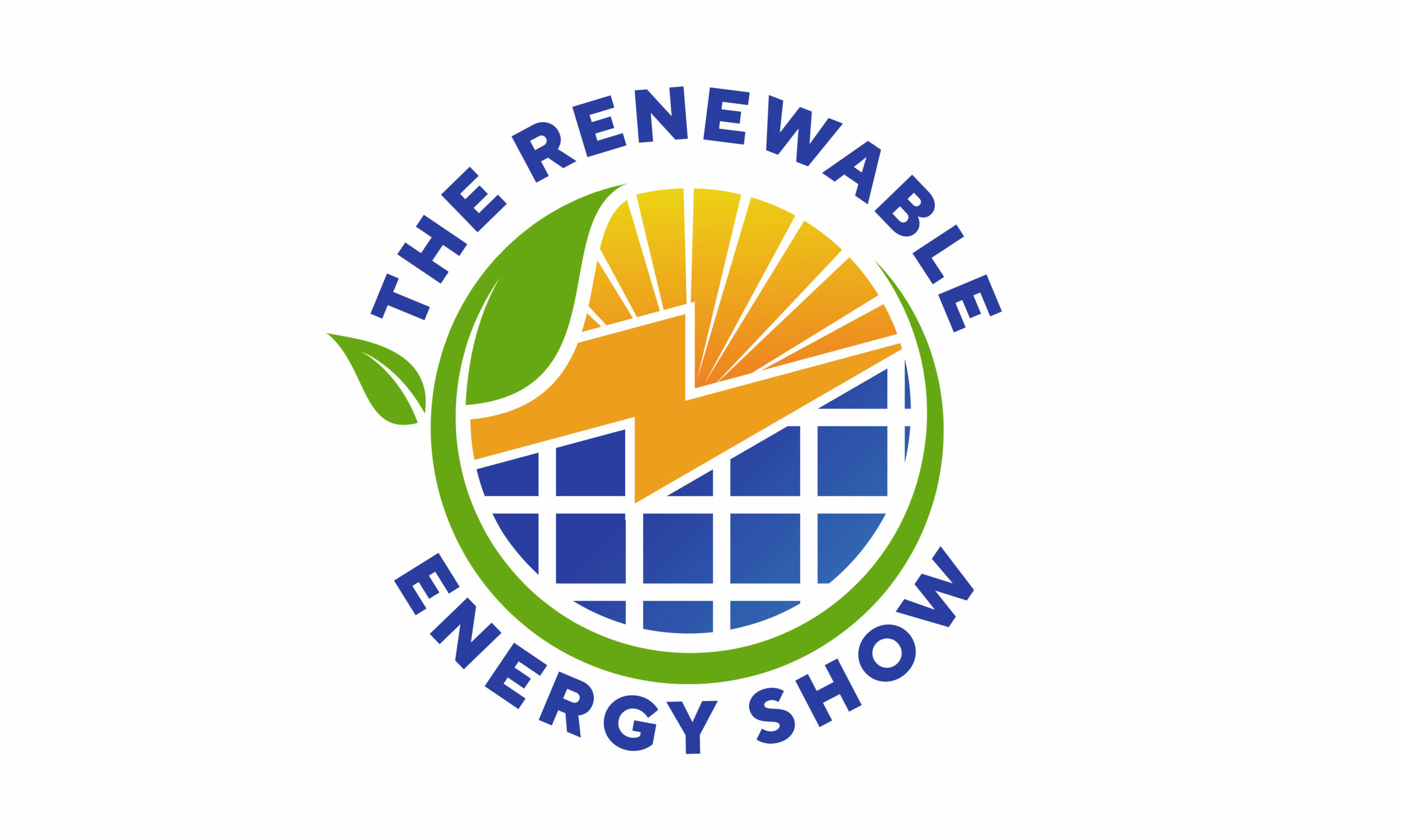As the world continues to grapple with the challenges of climate change, renewable energy policies have become a cornerstone of many governments’ efforts to reduce carbon emissions and promote sustainable development. But have we been so focused on the benefits of renewable energy that we’ve ignored some of its unintended consequences? I’d argue that, in some cases, the very policies designed to boost renewable energy adoption can actually do more harm than good.
Take, for example, the recent trend of offering generous tax incentives and subsidies to encourage the development of wind and solar farms. While these incentives have led to a surge in renewable energy production, they’ve also created a system where only the largest, most established players can afford to participate. This has squeezed out smaller, community-based renewable energy projects that might have been more effective at engaging local stakeholders and promoting social cohesion.
Moreover, the rush to deploy large-scale renewable energy infrastructure has been accompanied by a lack of attention to the social and environmental impacts of these projects. For instance, the construction of wind farms in rural areas has been known to disrupt local ecosystems and drive away wildlife, while the extraction of rare earth metals needed for solar panels has raised concerns about environmental degradation and human rights abuses.
Another issue with renewable energy policies is the way they often prioritize short-term economic gains over long-term sustainability. Take, for example, the practice of “stranded asset” management, where governments allow utilities to continue operating fossil fuel-based power plants even after renewable energy sources become cheaper and more abundant. This can lead to a situation where utilities are more focused on protecting their existing assets than investing in new, cleaner technologies.
Furthermore, the push for renewable energy has also created new challenges for energy access and equity. In some regions, the cost of connecting to the grid or purchasing renewable energy can be prohibitively expensive for low-income households, perpetuating energy poverty and exacerbating existing social inequalities.
So, what can be done to create more effective renewable energy policies that balance environmental, social, and economic concerns? For starters, governments should prioritize community-led renewable energy projects and provide targeted support for smaller, more innovative initiatives. They should also establish clearer, more robust regulations for the social and environmental impacts of large-scale renewable energy projects.
Ultimately, the goal of renewable energy policies should be not just to reduce carbon emissions, but to create a more just, equitable, and resilient energy system that benefits all members of society – not just the privileged few. By recognizing the complexities and trade-offs involved in renewable energy development, we can work towards a future where clean energy is not just a means to an end, but an end in itself.
